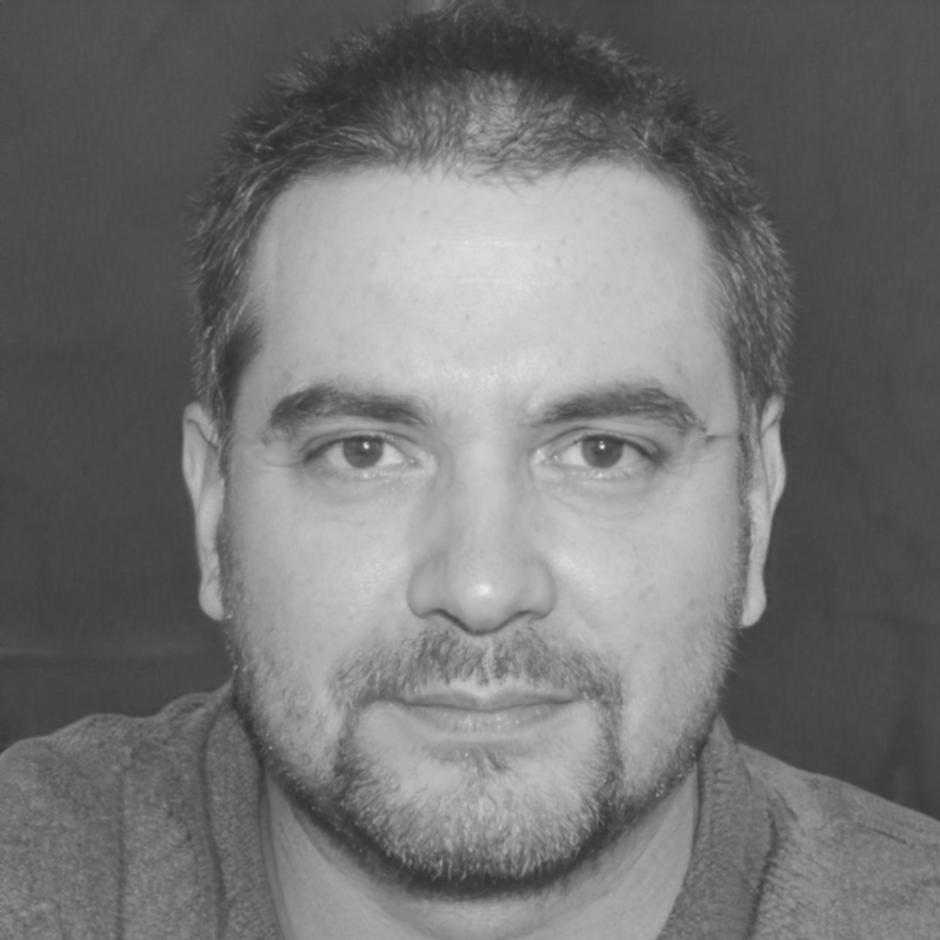
Callum Thorne
Lead InstructorSpent a decade doing financial analysis for mid-sized manufacturers before realizing he preferred teaching it. Still consults occasionally to keep his own skills sharp and examples current.
Back in early 2019, three analysts sat in a cramped office in Sydney wondering why financial stability analysis felt so disconnected from the people who actually needed it most.
That question led us here. zelporaviq started as a weekend project and became something much bigger when we realized how many Australian businesses were making decisions based on outdated approaches to financial assessment.
Financial education has this weird problem. Most programs either teach you theory that sounds impressive in a classroom but falls apart when you apply it, or they throw you into software without explaining why any of it matters.
We spent years watching smart people struggle not because they lacked capability, but because nobody bridged that gap between knowing concepts and actually using them when it counts.
So we decided to do something about it. zelporaviq focuses on practical financial stability analysis because that's where businesses actually live or die. And we teach it in a way that makes sense to real humans dealing with real money decisions.

We care more about whether you can actually do the work than whether you can pass a test. Our programs focus on capability you'll use next week, not credentials that look good on a wall.
Financial analysis isn't magic. We won't promise you can predict the future or guarantee outcomes. What we will do is teach you how to make better informed decisions with imperfect information.
Australian businesses face specific challenges. We don't just translate American content and call it done. Our approach reflects the actual market conditions and regulatory environment you'll work in.
We're not a huge operation. Just a small group of people who've spent too much time in spreadsheets and decided to help others navigate the same territory with less frustration.

Spent a decade doing financial analysis for mid-sized manufacturers before realizing he preferred teaching it. Still consults occasionally to keep his own skills sharp and examples current.

Designs our curriculum based on what actually works, not what looks good in a course outline. Former risk analyst who got tired of seeing graduates unprepared for real workplace scenarios.
Our methodology isn't revolutionary. It's just thoughtful about what helps people learn complex material without wanting to throw their laptop out a window.



Every module begins with an actual business scenario we've encountered. You learn concepts in the context of solving something that matters, not as abstract theory to memorize.
We don't dump everything on you at once. Each week adds one new layer of complexity, giving you time to actually absorb what you're learning before moving forward.
Understanding something once doesn't mean you can do it under pressure. Our programs include enough repetition with varied scenarios that the skills become automatic.
We're taking applications now for our autumn financial stability analysis cohort. Small groups, practical focus, and realistic expectations about what you'll be able to do when you finish.
View Learning Program